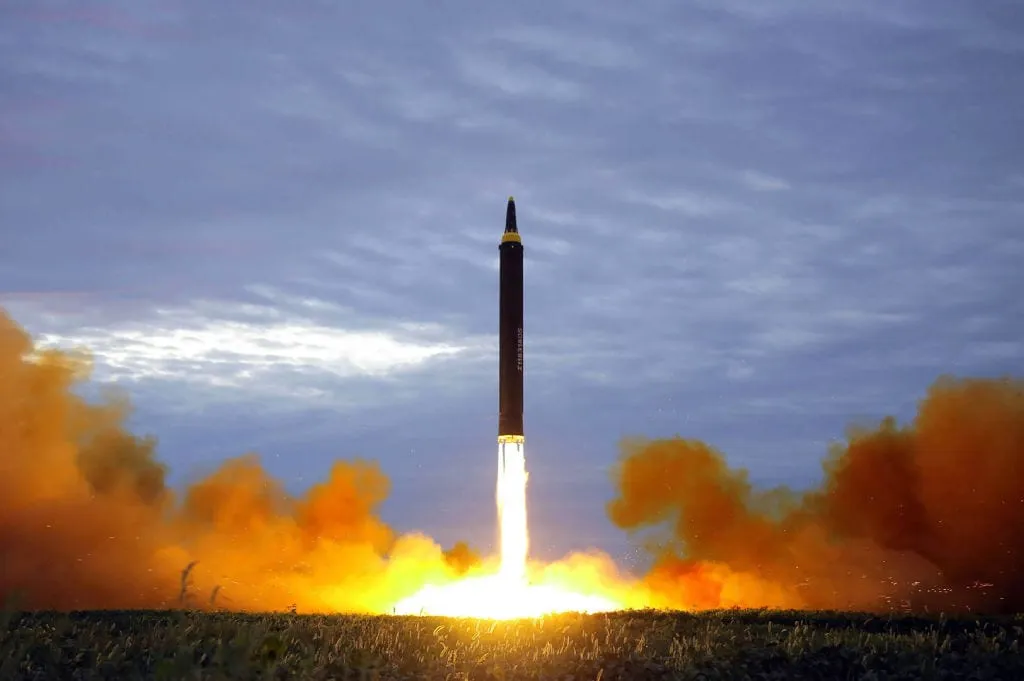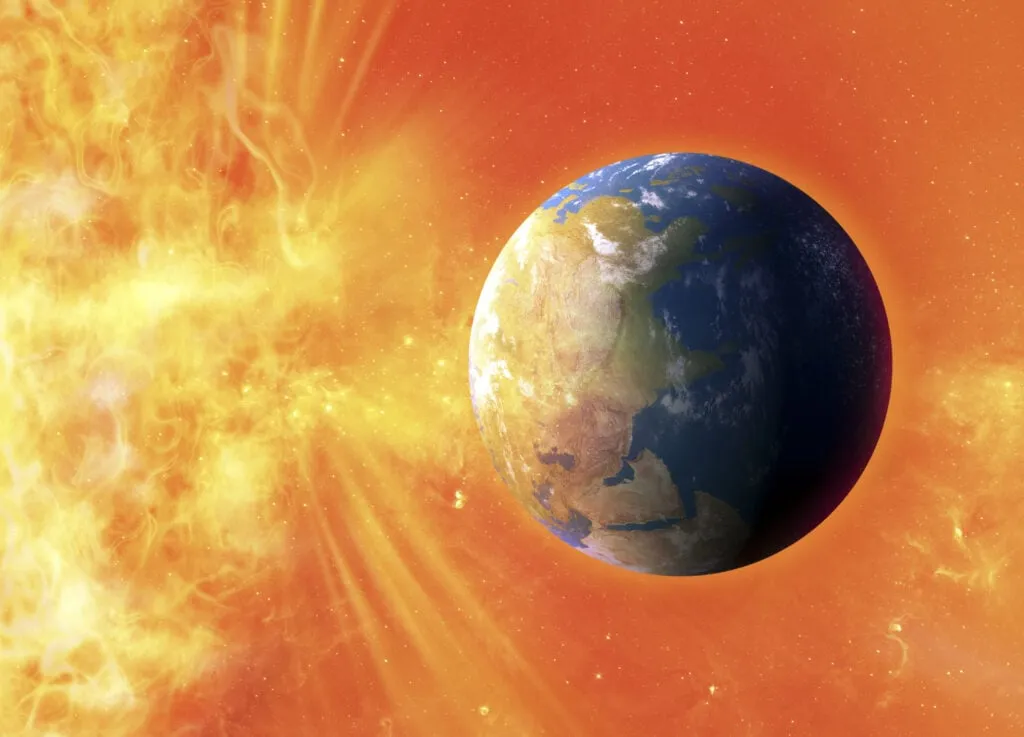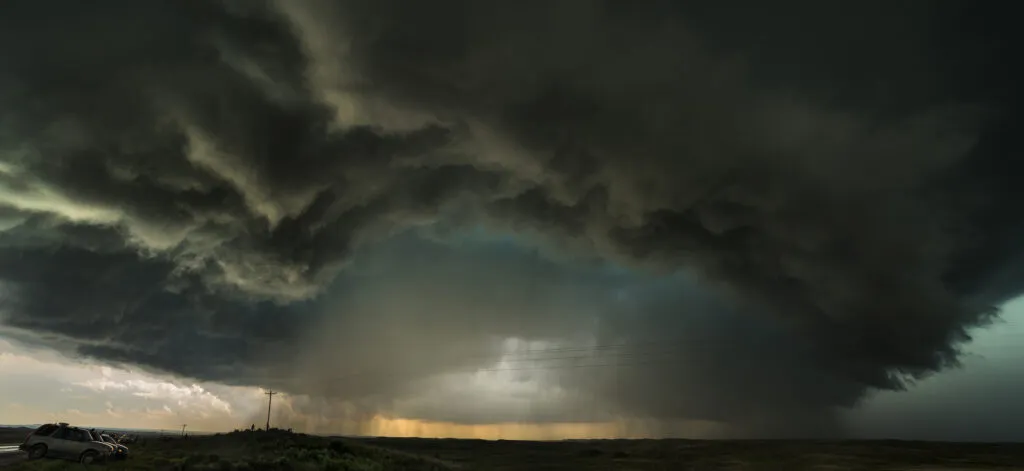Stephen Hawking’s shocking end of the world prediction exposed.
Hawking’s history of predictions explained.
Hawking’s words weren’t his first warning about existential risks. For decades, he raised red flags about humanity’s impact on Earth’s delicate balance.
In a 2016 interview with the BBC, he noted that while the odds of a disaster striking Earth each year may seem low, they compound dangerously over time.
He flagged environmental hazards, particularly climate change, as critical factors that would speed up our demise if left unchecked.
He also saw the greenhouse effect and rising global temperatures as the most immediate threats facing humanity.
Hawking famously told the world that Earth could start “glowing red-hot” due to energy overconsumption, which he said would leave our planet uninhabitable.

Besides climate change, Hawking warned of other high-risk issues like nuclear conflict, artificial intelligence gone rogue, and even pandemics.
His prediction resonated with scientists, many of whom had echoed similar concerns but lacked the global platform Hawking commanded.
Hawking saw these threats as interconnected, with a breakdown in one area likely to spill over and worsen others.
NASA, though not officially endorsing Hawking’s timeline, has kept a watchful eye on similar existential risks to Earth, as a spokesperson clarified in a recent statement.
“NASA has not made this claim,” a representative said, countering reports that they’d verified Hawking’s 2600 prediction but added that they too monitor climate risks closely.

